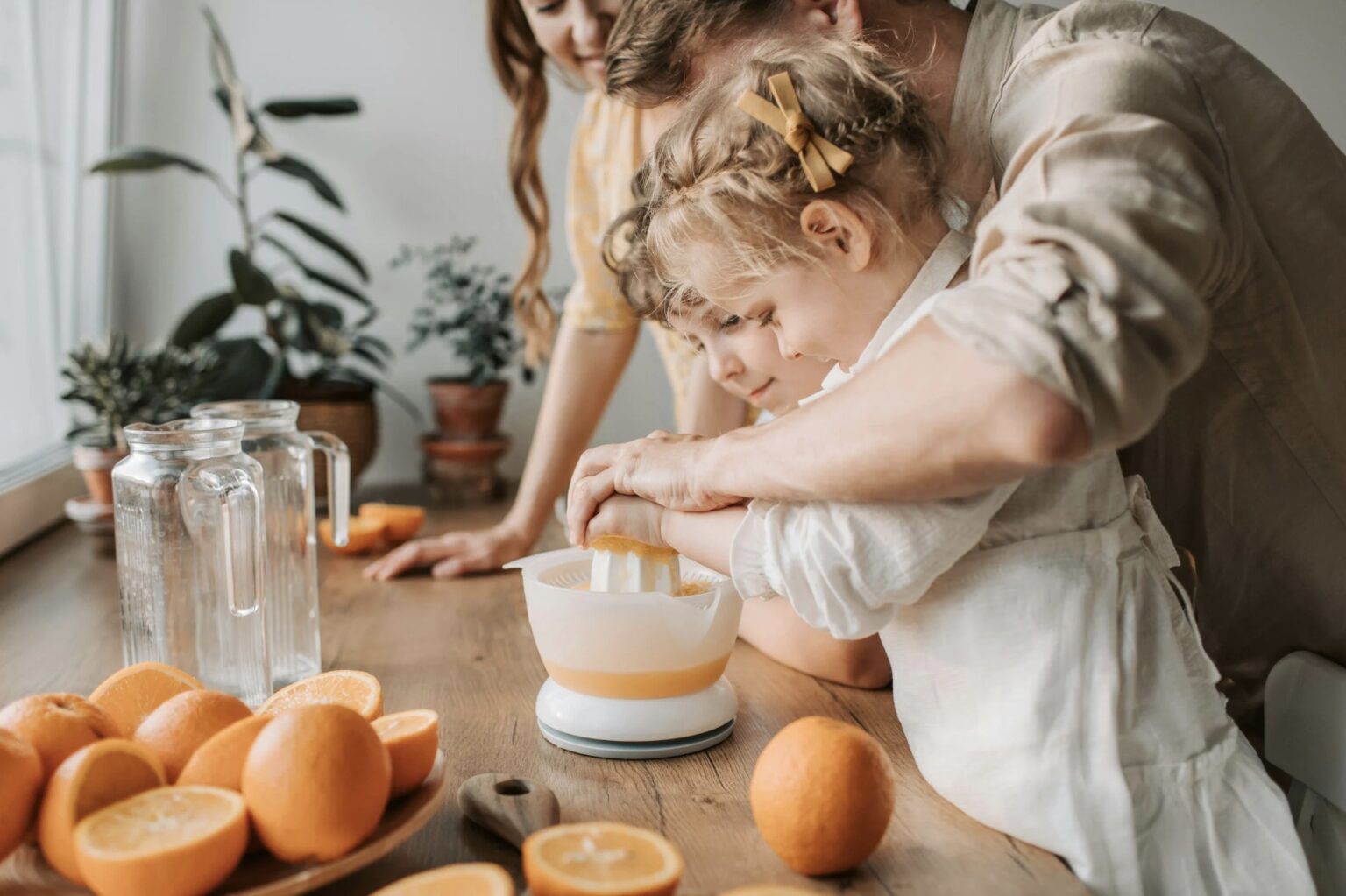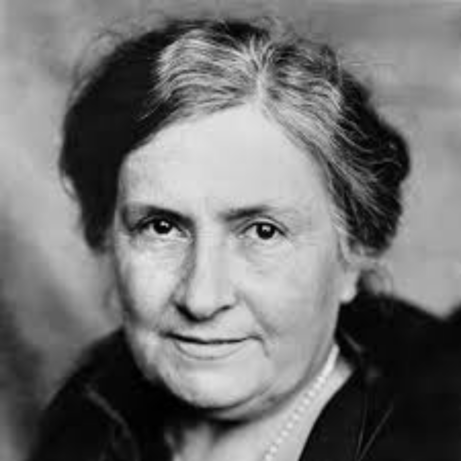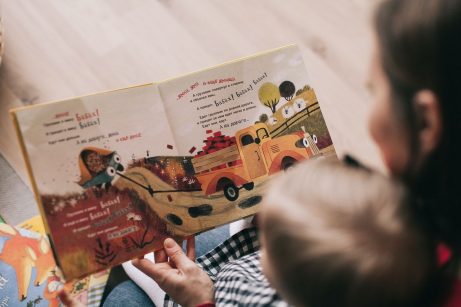The Power of Letting Children Do Things Themselves

Have you ever watched a toddler trying to button their coat, even when it takes them several minutes-and every ounce of patience you have? It can be so tempting to jump in and do it for them. But what if those slow, clumsy movements are exactly what they need to grow?
Maria Montessori taught that children don’t just want to play life-they want to live it. They want to do real things with real purpose: pour water, sweep the floor, carry their own bag. These aren’t distractions or chores. They’re opportunities.
Not Just Busy Hands-Busy Minds
Children thrive when they are allowed to act with meaning. Montessori called it “spontaneous activity.” That’s when a child, without being told, chooses to do something purposeful-like watering a plant or folding a napkin. To an adult, it may look small. But to a child, it’s everything.
These moments help build coordination, concentration, confidence-and above all, joy. The joy of doing something “by myself.”
An Environment That Says: “Yes, You Can”
Think about your home. Are things sized for little hands? Are children free to move, reach, and choose? When we offer tools that fit-a child-sized broom, a pitcher that’s just right for pouring-we send a clear message: “You are capable.”
Montessori believed that the prepared environment should support-not interrupt-a child’s natural desire to learn and act.
What Happens When We Step Back
Imagine you’re at a café, enjoying a quiet moment. Someone suddenly snatches your cup, pours your coffee, and tells you when to drink it. You’d probably feel frustrated-or even insulted. That’s how it can feel for a child when we constantly do things for them instead of letting them try.
Yes, spills happen. Buttons get missed. But over time, children learn. And even more importantly-they build a sense of self-worth.
A Quiet Revolution
Montessori often reminded us: freedom doesn’t mean letting children run wild. It means allowing them the freedom to choose purposeful work within clear, respectful boundaries. It’s a kind of freedom that supports both independence and community.
Letting a child do things for themselves might not feel revolutionary. But in a world that often hurries children along-expecting them to sit still, to follow, to adapt-it truly is.
So the next time you see a little one struggling with a sock or carefully pouring water into a cup, pause before you help. Watch. Smile. And remember: this is growth in action.
Let’s keep nurturing spontaneous activity-because every small action builds a stronger, more confident child.
This blog post was inspired by “Maria Montessori’s Spontaneous Activity in Education”
Montessori Beginnings
YOUR ULTIMATE
MONTESSORI PARENTING COURSE
FOR ZERO TO THREE
Gain clarity and confidence in your parenting to raise a resilient, independent and joyful child.


